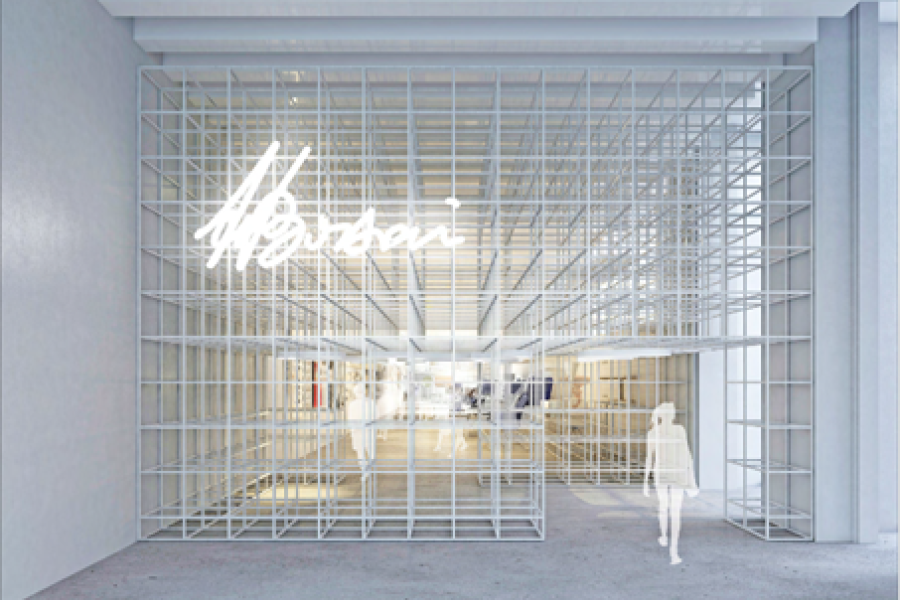Osvaldo Borsani was a visionary figure of twentieth-century design; an architect, designer, and entrepreneur who transformed his father’s furniture atelier into an international brand, co-founding Tecno in 1953 with his twin brother Fulgenzio. Borsani embodied a pivotal moment in Italy’s design history and the dominating role of Milan during that era: a confluence of economic might, technological advancement, and flourishing artistry. At its core, this is a story about a family’s legacy that spans over a century. Osvaldo’s daughter Valeria and son-in-law Marco Fantoni, both architects and designers, worked closely with him until his death in 1985. Today, his grandson--architect Tommaso Fantoni--continues to spearhead the preservation of the family’s illustrious history through his leadership of the Archivio.16 May 2018 will see the launch of a retrospective exhibition, the first of its kind, at Milan’s Triennale Design Museum. ‘Osvaldo Borsani’ is curated by Norman Foster and Tommaso Fantoni. The show will trace the arc of Borsani’s trajectory, presenting over 300 objects: from handcrafted pieces to industrial icons, alongside an incredibly rich array of archival materials including drawings and photographs. The exhibition design, created specifically for the venue, and contents have been developed by the Norman Foster Foundation and Archivio Osvaldo Borsani with the Triennale Design Museum.
The connection between Foster and Borsani was first established in 1983, when Marco Fantoni approached Foster’s London studio to offer Tecno’s services for the interior fit-out of one of their projects. Although that particular collaboration was never realized, the initial meeting eventually led to the development of the acclaimed Nomos table and related workplace systems. The Nomos was also the last Tecno design that Osvaldo put into production before his passing.
he story continued in 2000, when Tommaso Fantoni joined the practice of Foster + Partners before leaving in 2011 to establish his own studio in Milan. It was around this time that Tommaso and his parents, Valeria and Marco, began discussing the idea of a retrospective on the life and work of Osvaldo; a figure whose boundary-pushing yet artisanal approach revolutionized industrial design, and whose significant contribution to the field has been largely unexamined by scholars and overlooked by the public.
After securing a partnership with the Triennale Design Museum, the Borsani family decided to approach Foster and introduce another chapter in their story of collaboration. The curatorial aim for the exhibition was deceptively simple: to select the most exemplary objects from each period of Osvaldo’s fifty-year career, beginning in 1925. Tapping into an international network of dealers and private collectors, the Archivio was able to gather an unprecedented number of rare works, including unique collaborations with artists such as Arnaldo Pomodoro and Adriano Spilimbergo. Featured prominently in the exhibition is a concentration of remarkable pieces created with Lucio Fontana between 1949-54, a period that captured the apex of their collaboration and shared transition from Baroque to Modern. Other highlights include the Graphis desk, which debuted in 1968 and was radical in the sense that it was the first modular, all-white office furniture.
 - Mit freundlicher Genehmigung von: triennale
- Mit freundlicher Genehmigung von: triennale - Mit freundlicher Genehmigung von: triennale
- Mit freundlicher Genehmigung von: triennale